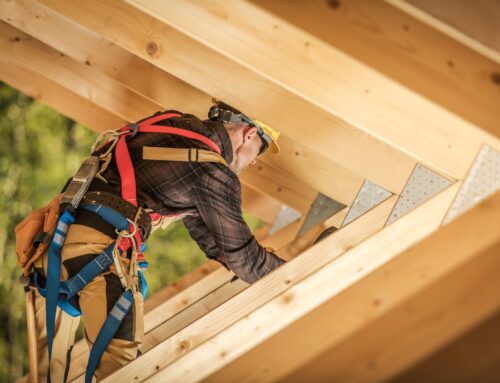The economics of PPE, is a topic that doesn’t get much attention. Here are the three key lessons from a recent survey’s findings about the importance of PPE:
Lesson #1: PPE Training Is Critical
The survey suggests that PPE’s effectiveness is based not only on the quality of the equipment but also how it’s actually used. PPE training is the best way to ensure that workers understand why they need to use PPE and how to use it properly.
But workers may not be getting the PPE training they need. So companies shouldn’t cut corners when it comes to PPE training. In fact, they should actually ramp up their PPE training efforts with the understanding that dollars spent in the short term will likely cut costs in the long term by reducing illnesses and injuries.
Lesson #2: Economy Could Undercut Safety Efforts
The survey results show that the danger that the economic downturn could cause safety standards to start slipping is very real. In fact, it indicates that the undercutting of safety measures in an effort to save money is already happening. Buying less PPE or cheaper PPE that doesn’t protect workers as well isn’t an acceptable way for companies to save money. So safety coordinators need to step up their efforts to convince senior management that, if anything, more money needs to be spent on workplace safety—not less.
Lesson #3: Support from Senior Management Is Essential
Company safety directors can’t do all the heavy lifting. They need support from senior management to be taken seriously by workers and be seen as more than bureaucratic clipboard carriers. A safety culture needs to be embedded in the heart of the company to ensure that workplace safety is taken seriously by all stakeholders at all levels of the company. And that culture needs to start at the top of the company.
Conclusion
PPE is a key component of any OHS program. In general, the preference under the OHS laws is to try to eliminate hazards first. If a hazard can’t be completely eliminated, the next step is to use engineering or mechanical controls, such as machine guards, to protect workers from that hazard. But engineering controls aren’t always possible. In that case, PPE can be used to protect workers from the hazard. In other words, use of PPE is the last resort. So if your company eliminates or cuts corners on PPE, there may be nothing left standing between workers and a hazard.
The 3M report is significant because it sheds light on the link between PPE expenditures and workplace illnesses and injuries. In addition, the report suggests that when it comes to getting the best safety result from PPE dollars, training workers to use the equipment is just as important as choosing which equipment to buy.
Source: “PPE matters: A report on attitudes towards Personal Protective Equipment in the construction industry,” 3M, February 2009.






